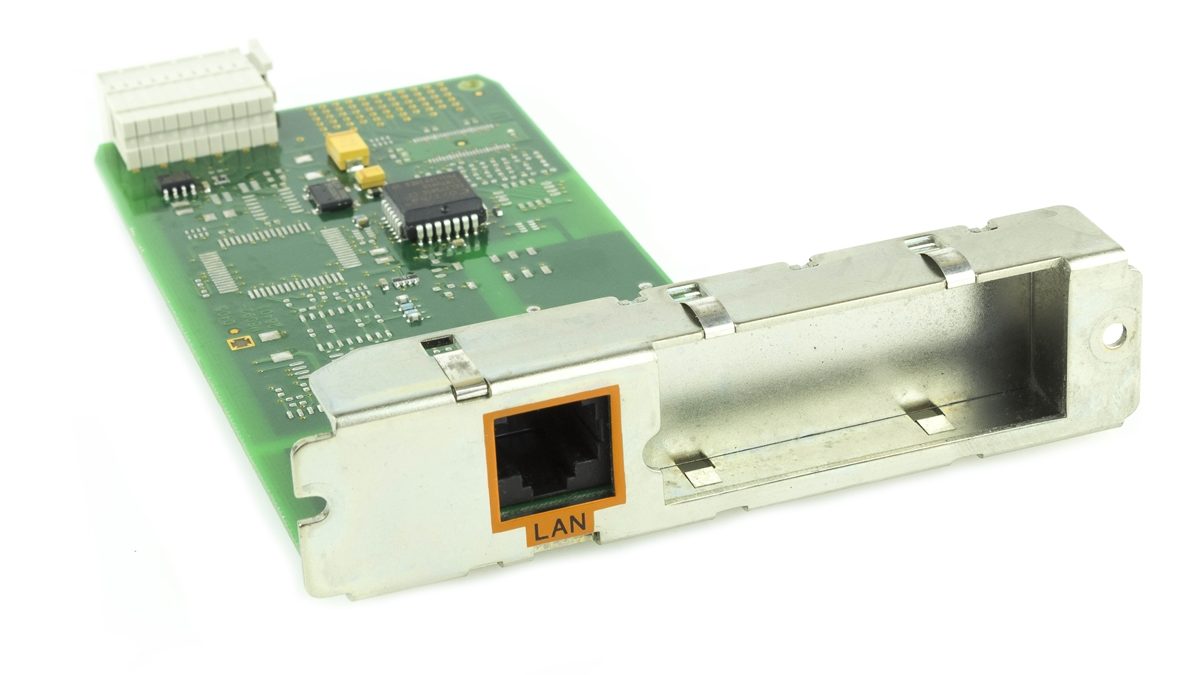1. EXECUTIVE SUMMARY
- CVSS v3 6.4
- Vendor: Philips
- Equipment: IntelliVue M3002A X2 MMS Transport Monitor/Module and IntelliVue MP monitors (MP2/X2, MP5, MP20-MP90, MX600, MX700 and MX800)
- Vulnerabilities: Use of Hard-coded Password, Download of Code Without Integrity Check
2. RISK EVALUATION
Successful exploitation of these vulnerabilities may cause corruption of the IntelliVue WLAN firmware and impact to the data flow over the WLAN Version A and WLAN Version B wireless modules. This would lead to an inoperative condition alert at the device and Central Station.
3. TECHNICAL DETAILS
3.1 AFFECTED PRODUCTS
The following versions of Philips IntelliVue WLAN, portable patient monitors, are affected:
- IntelliVue MP monitors MP20-MP90 (M8001A/2A/3A/4A/5A/7A/8A/10A)
- WLAN Version A, Firmware A.03.09
- IntelliVue MP monitors MP5/5SC (M8105A/5AS)
- WLAN Version A, Firmware A.03.09, Part #: M8096-67501
- IntelliVue MP monitors MP2/X2 (M8102A/M3002A)
- WLAN Version B, Firmware A.01.09, Part #: N/A (Replaced by Version C)
- IntelliVue MP monitors MX800/700/600 ((865240/41/42)
- WLAN Version B, Firmware A.01.09, Part #: N/A (Replaced by Version C)
3.2 VULNERABILITY OVERVIEW
3.2.1 USE OF HARD-CODED PASSWORD CWE-259
An attacker can use these credentials to login via ftp and upload a malicious firmware.
CVE-2019-13530 has been assigned to this vulnerability. A CVSS v3 base score of 6.4 has been calculated; the CVSS vector string is (AV:A/AC:H/PR:H/UI:N/S:U/C:H/I:H/A:H).
3.2.2 DOWNLOAD OF CODE WITHOUT INTEGRITY CHECK CWE-494
The product downloads source code or an executable from a remote location and executes the code without sufficiently verifying the origin and integrity of the code.
CVE-2019-13534 has been assigned to this vulnerability. A CVSS v3 base score of 6.4 has been calculated; the CVSS vector string is (AV:A/AC:H/PR:H/UI:N/S:U/C:H/I:H/A:H).
3.3 BACKGROUND
- CRITICAL INFRASTRUCTURE SECTORS: Healthcare and Public Health
- COUNTRIES/AREAS DEPLOYED: Worldwide
- COMPANY HEADQUARTERS LOCATION: Netherlands
3.4 RESEARCHER
Shawn Loveric of Finite State, Inc., reported these vulnerabilities to Philips.
4. MITIGATIONS
WLAN Version B is obsolete. Philips recommends users update to the WLAN assembly Version C wireless module in affected IntelliVue monitors.
WLAN Version C with current firmware of B.00.31 is not vulnerable to the described attack.
WLAN Version A is a software patch from Philips estimated to be available in Incenter by the end of 2019.
Wireless network access should be controlled by authentication and authorization (e.g., WPA2), which are supported by Philips.
As an additional mitigation measure, Philips recommends implementing a firewall rule on the user’s wireless network to restrict access control via FTP. Users should implement role-based access controls to control physical access to the system. Refer to the Security for Clinical Networks Guide and the IntelliVue Network Configuration Guide for additional security recommendations.
Please see the Philips product security website for the latest security information for Philips products:
https://www.philips.com/productsecurity
CISA recommends users take defensive measures to minimize the risk of exploitation of these vulnerabilities. Specifically, users should:
- Restrict system access to authorized personnel only and follow a least privilege approach.
- Apply defense-in-depth strategies.
- Disable unnecessary accounts and services.
Where additional information is needed, follow this link to existing cybersecurity in medical device guidance issued by the FDA.
CISA reminds organizations to perform proper impact analysis and risk assessment prior to deploying defensive measures.
CISA also provides a section for control systems security recommended practices on the ICS webpage on us-cert.gov. Several recommended practices are available for reading and download, including Improving Industrial Control Systems Cybersecurity with Defense-in-Depth Strategies.
Additional mitigation guidance and recommended practices are publicly available on the ICS webpage on us-cert.gov in the Technical Information Paper, ICS-TIP-12-146-01B–Targeted Cyber Intrusion Detection and Mitigation Strategies.
Organizations observing any suspected malicious activity should follow their established internal procedures and report their findings to CISA for tracking and correlation against other incidents.
No known public exploits specifically target these vulnerabilities. These vulnerabilities are not exploitable remotely. High skill level is needed to exploit.
Source:
https://www.us-cert.gov/ics/advisories/icsma-19-255-01


Stay connected